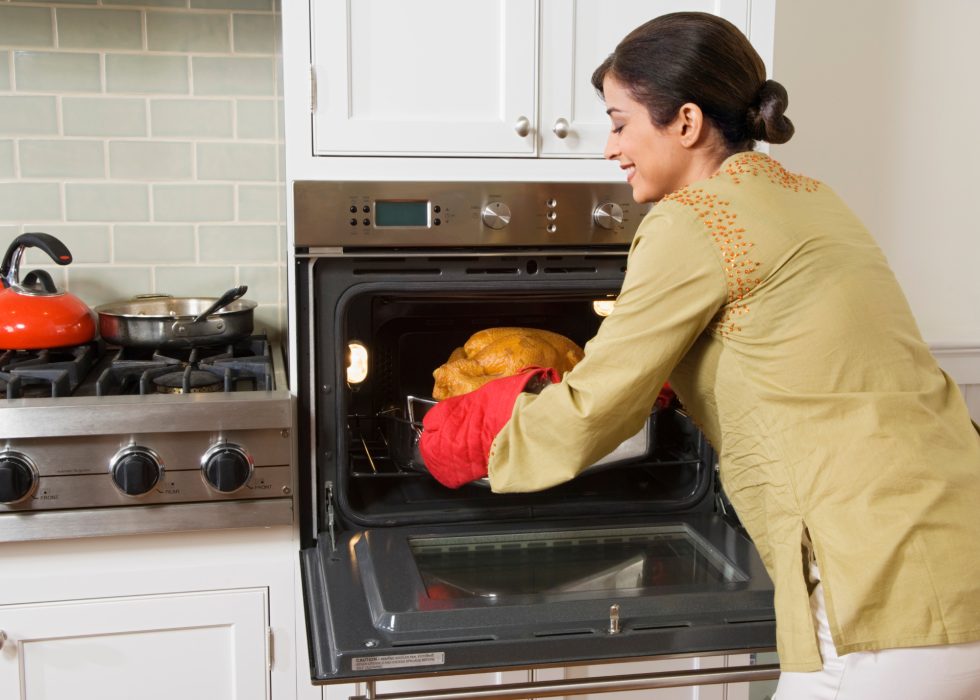What Should I Do If I Burn Myself While Cooking?
Trying to cook at home more in 2024? The Sweet & Savory Classroom’s hands-on classes and The Chattery’s cooking workshops are perfect for both beginners and seasoned chefs. Before you dive into new recipes and cooking tricks, don’t forget that safety comes first.
Kitchen burns happen to the best of us. They sting, they scare, and they can make you avoid the kitchen altogether. It’s crucial to know how to handle those burns to prevent infection and blistering, especially if your little one gets burned. Refresh your memory on quick first aid procedures, prevention tips, and everything you need to deal with kitchen burns. If you’re worried about treating a minor burn, contact AFC Urgent Care Chattanooga for help today.
First Aid for Kitchen Burns
1. Rinse with Cold Water
The moment you experience a kitchen burn, act immediately. Place the affected area under cold, running water for at least 10 minutes. This helps to cool the burn and minimize tissue damage. Avoid using ice, as it can further harm your skin.
2. Remove Constrictive Items
If the burn occurs on an area where you’re wearing tight clothing or accessories, remove them immediately. This prevents further damage in case of swelling.
3. Apply a Cool Compress
If the burn is minor, consider applying a cool, damp cloth. Do not use very cold compresses and avoid placing ice directly on the burn.
4. Over-the-Counter Pain Relief
For pain relief, you can take over-the-counter pain medications like ibuprofen or acetaminophen. However, always follow the recommended dosage and consult a healthcare professional if needed.
5. Avoid Home Remedies
While there are various home remedies out there, it’s best to stick to basic first aid measures. Do not apply butter, toothpaste, or other substances not prescribed by a medical professional to the burn, as they may worsen the injury.
How severe is my burn?
1. First-Degree Burns
Symptoms: Redness, minor swelling, and pain.
Treatment: Typically, first-degree burns can be managed at home with cold water rinses and over-the-counter pain relief.
2. Second-Degree Burns
Symptoms: Blisters, intense pain, and possible swelling.
Treatment: If the burn is smaller than 3 inches in diameter, you can manage it at home. However, for larger burns or burns on critical areas, seek medical attention promptly.
3. Third-Degree Burns
Symptoms: Charred or white, leathery skin, and numbness.
Treatment: Call emergency services immediately. Do not attempt home treatment for third-degree burns, as they require professional medical attention.
Prevent Kitchen Burns
1. Use the Oven mitts
Whether you’re pulling something out of the oven or handling sizzling pans on the stove, use oven mitts to shield your hands from burns.
2. Handle Hot Oil and Boiling Liquids with Caution
These kitchen elements can easily splatter, causing burns. Approach them with care, using lids or splatter guards when necessary.
3. Keep Kids and Pets at a Safe Distance
Avoid accidents in the kitchen by keeping children and pets at least 3 feet away from the cooking area. If little ones want to help, use it as an opportunity to teach them about kitchen safety.
Prioritize safety, perfect your passion! Careful cooking practices and general awareness can significantly reduce the risk of burns in the kitchen. However, accidents can still happen! When accidents do happen, you can give yourself peace of mind by knowing how to handle those minor burns. While minor burns can be effectively treated at home, remember, extensive or severe burns require prompt medical attention. Don’t hesitate to get professional assistance whenever necessary.
